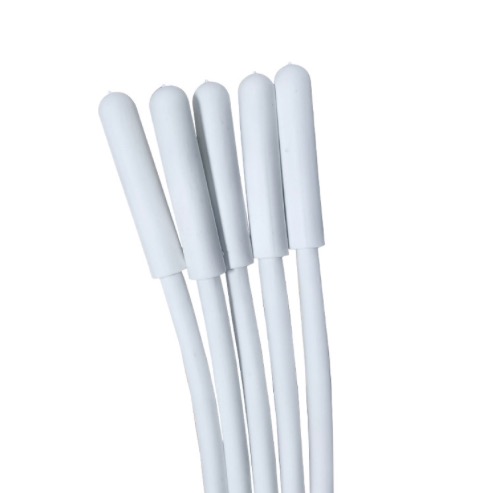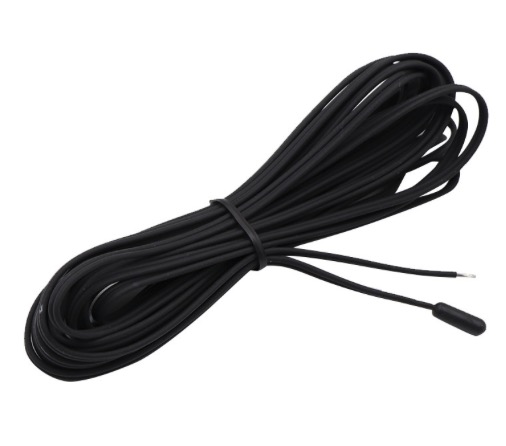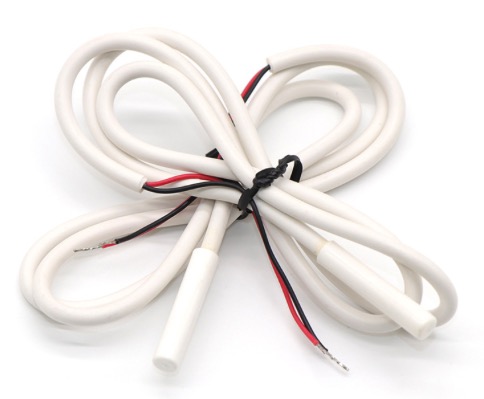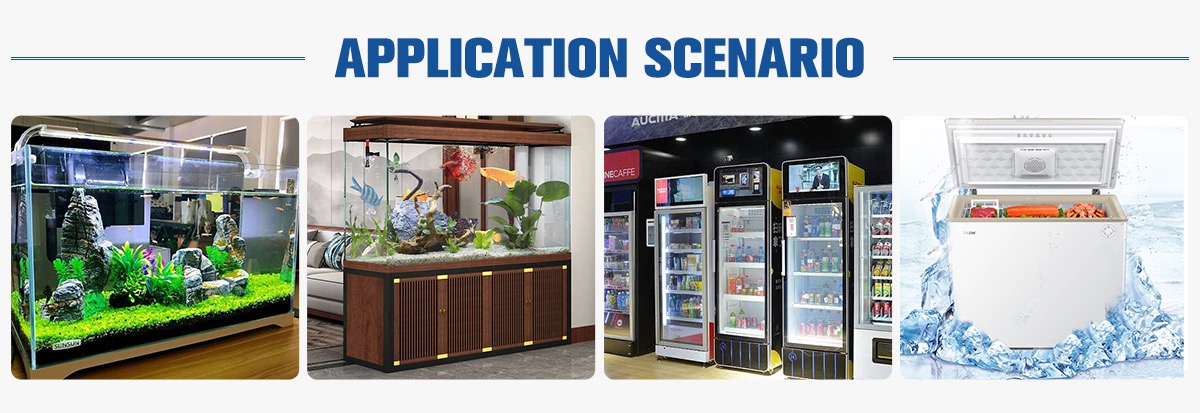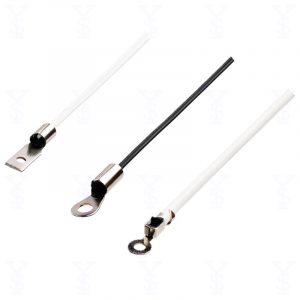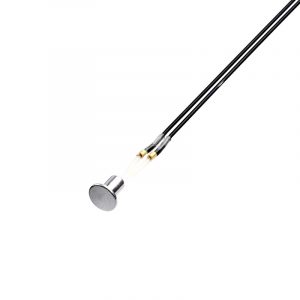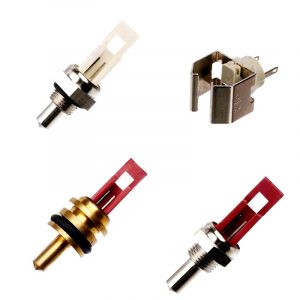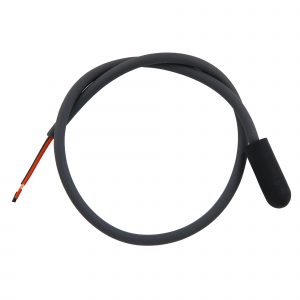The series of products can be packaged with ABS shell infusion epoxy resin, nylon shell infusion epoxy resin, TPE injection molding, and other packaging processes, which are widely used in the measurement and control of low-temperature refrigerators, freezers, and floor heating. Plastic shell products have excellent cold resistance and moisture resistance. Performance, with high reliability, cold and heat shock resistance, and a small annual drift rate.
The Geatures of NTC Floor Heating Temperature Sensor N0301
| Working Temperature Range | -40℃~+120℃ |
| Thermal-time constant | MAX.15sec |
| Insulation Voltage | 1800VAC, 0.5mA, 2sec |
| Insulation Resistance | 500VDC ≥100MΩ |
| Recommend | R25℃=10KΩ±1%,B25/85℃=3435K±1%R0℃=16.33KΩ±2%
B25/100℃=3980K±1.5%R25℃=100KΩ±1%,B25/85℃=4066K±1%
|
| Wire | Recommend PVC wire, TPE wire |
| Connector | Recommend PH, XH,SM,5264, |
| Customized | Supported |
The Advantages of Refrigerator NTC Temperature Sensor
- Easy and convenient installation, the size can be customized according to the installation structure.
- Resistance value and B value have high precision, good consistency, and stable performance.
- Excellent moisture resistance, low-temperature resistance, voltage resistance, and insulation performance.
The Applications of Refrigerator NTC Temperature Sensor
Refrigerator, ice tank, freezer, floor heating system
The Applications of NTC Floor Heating Temperature Sensor N0301
Refrigerator, ice tank, freezer, floor heating system
The Precautions of Refrigerator
The temperature sensor is not hermetically sealed. In order to protect the accuracy and stability of the measurement, it should be avoided to be used in acidic, alkaline and solvent-containing atmospheres. Also avoid using it in a dusty environment.
In order to correctly reflect the humidity of the space to be measured, it should also avoid placing the sensor too close to the wall or in a dead corner where there is no air circulation. If the room to be measured is too large, multiple sensors should be placed. Some temperature sensors have relatively high requirements on the power supply, otherwise the measurement accuracy will be affected. Or the sensors interfere with each other and don’t even work. When in use, a suitable power supply that meets the accuracy requirements should be provided as required.
When the sensor needs to perform long-distance signal transmission, attention should be paid to the attenuation of the signal. When the transmission distance exceeds 200m, it is recommended to use a temperature sensor with a frequency output signal.
The Drawing Instructions of Refrigerator

